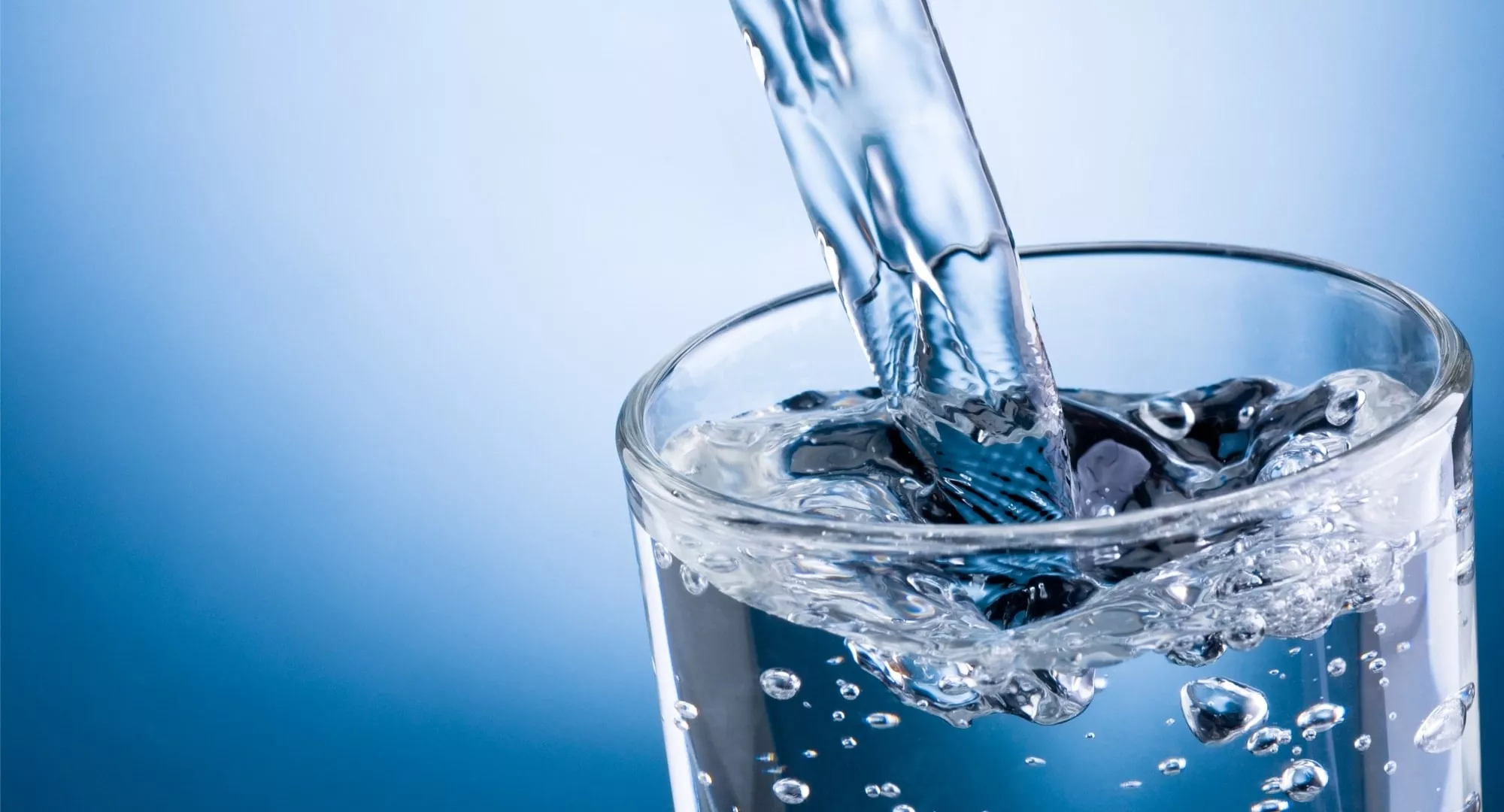
Reducing Nitrification Risks Through Voluntary Collaboration Between Drinking Water Wholesalers and Consecutive Systems
Abstract
Nitrification poses a particular challenge for consecutive systems because many prevention and mitigation measures, such as optimizing monochloramine formation or reducing hydraulic residence time, may not be available. Effective management requires targeted guidance, strong collaboration with wholesaler systems, and regular communication to maintain water quality across both distribution systems.
This project aims to develop practical, user-friendly guidelines for wholesalers and consecutive systems to prevent and mitigate nitrification. Specific objectives include defining the roles and responsibilities of each system, establishing best practices for collaboration, promoting improved communication through model agreements, and providing guidance on prevention, early detection, and response to both low-level and advanced nitrification events.
These guidelines will help utilities improve water quality, support regulatory compliance, and enhance public health protection through more effective nitrification control.